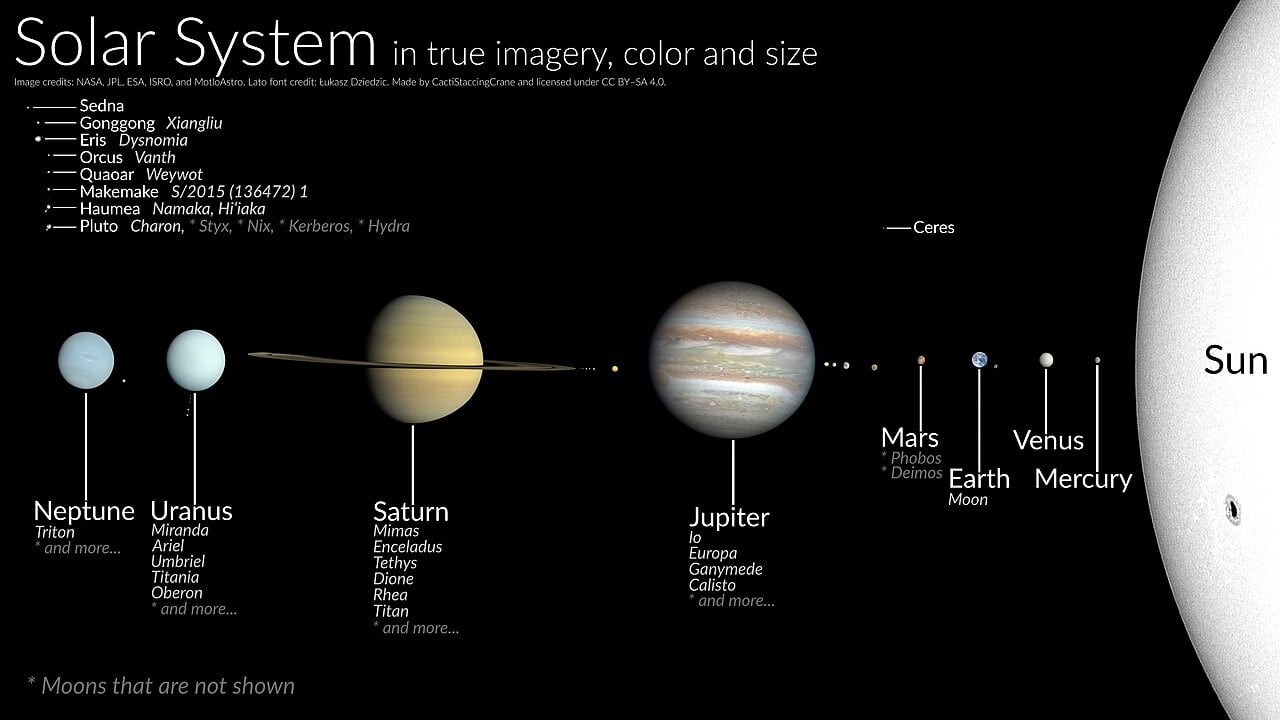Science
Solar System’s Speed Through Space Surprises Scientists

Recent research has revealed that our Solar System is traveling through space at a velocity far greater than previously anticipated. This finding emerged from an analysis conducted by a team led by astrophysicist Lukas Böhme from Bielefeld University. By observing distant radio galaxies, the researchers uncovered an unexpected asymmetry, suggesting a significant headwind effect that alters our understanding of the cosmos.
The study utilized data from three radio telescope networks, including the LOFAR (Low Frequency Array) based in Exloo, Netherlands, which is known for its ability to detect long-wavelength emissions from galaxies that may be obstructed from view by dust and gas. This capability allows astronomers to observe celestial objects that are invisible to traditional optical telescopes.
Utilizing an extensive dataset, the team counted radio galaxies across the sky with unprecedented precision. They also introduced a new statistical method to refine their measurements, considering that many radio galaxies consist of multiple components. This refinement produced more realistic uncertainties in their findings.
As a result, the researchers identified an anisotropy, or uneven distribution, of radio galaxies that achieved a statistical significance exceeding five sigma. In scientific terms, this level of significance indicates compelling evidence for a genuine phenomenon rather than mere measurement noise. Notably, the measured asymmetry was found to be 3.7 times stronger than predictions derived from the standard cosmological model, which assumes a uniform distribution of matter in the universe.
This substantial discrepancy points to two troubling possibilities. Either the Solar System is moving through space at a velocity that surpasses current models, necessitating fundamental changes to our understanding of spatial structures, or the distribution of radio galaxies is significantly less uniform than has been previously assumed. Both scenarios pose challenges to established cosmological theories.
The findings resonate with earlier observations that used different methodologies. Previous studies examining quasars, the luminous cores of distant galaxies powered by supermassive black holes, revealed similar anomalous effects in infrared data. This independent confirmation bolsters the notion that the phenomenon reflects a genuine feature of the universe, rather than an artifact of measurement.
The research underscores how advancements in observational techniques can reshape our comprehension of the universe. It highlights the ongoing mystery of our existence and the vast unknowns that remain in the cosmos. As scientists continue to explore these revelations, the implications for cosmology could be profound, prompting a reevaluation of fundamental principles that govern our understanding of space and matter.
-

 Science4 weeks ago
Science4 weeks agoInterstellar Object 3I/ATLAS Emits Unique Metal Alloy, Says Scientist
-

 Science4 weeks ago
Science4 weeks agoResearchers Achieve Fastest Genome Sequencing in Under Four Hours
-

 Politics1 month ago
Politics1 month agoAfghan Refugee Detained by ICE After Asylum Hearing in New York
-

 Business4 weeks ago
Business4 weeks agoIconic Sand Dollar Social Club Listed for $3 Million in Folly Beach
-

 Health1 month ago
Health1 month agoPeptilogics Secures $78 Million to Combat Prosthetic Joint Infections
-

 Business1 month ago
Business1 month agoMcEwen Inc. Secures Tartan Lake Gold Mine Through Acquisition
-

 Lifestyle1 month ago
Lifestyle1 month agoJump for Good: San Clemente Pier Fundraiser Allows Legal Leaps
-

 Science1 month ago
Science1 month agoMars Observed: Detailed Imaging Reveals Dust Avalanche Dynamics
-

 Health4 weeks ago
Health4 weeks agoResearcher Uncovers Zika Virus Pathway to Placenta Using Nanotubes
-

 World1 month ago
World1 month agoUS Passport Ranks Drop Out of Top 10 for First Time Ever
-

 Entertainment1 month ago
Entertainment1 month agoJennifer Lopez Addresses A-Rod Split in Candid Interview
-

 Business1 month ago
Business1 month agoSan Jose High-Rise Faces Foreclosure Over $182.5 Million Loan









